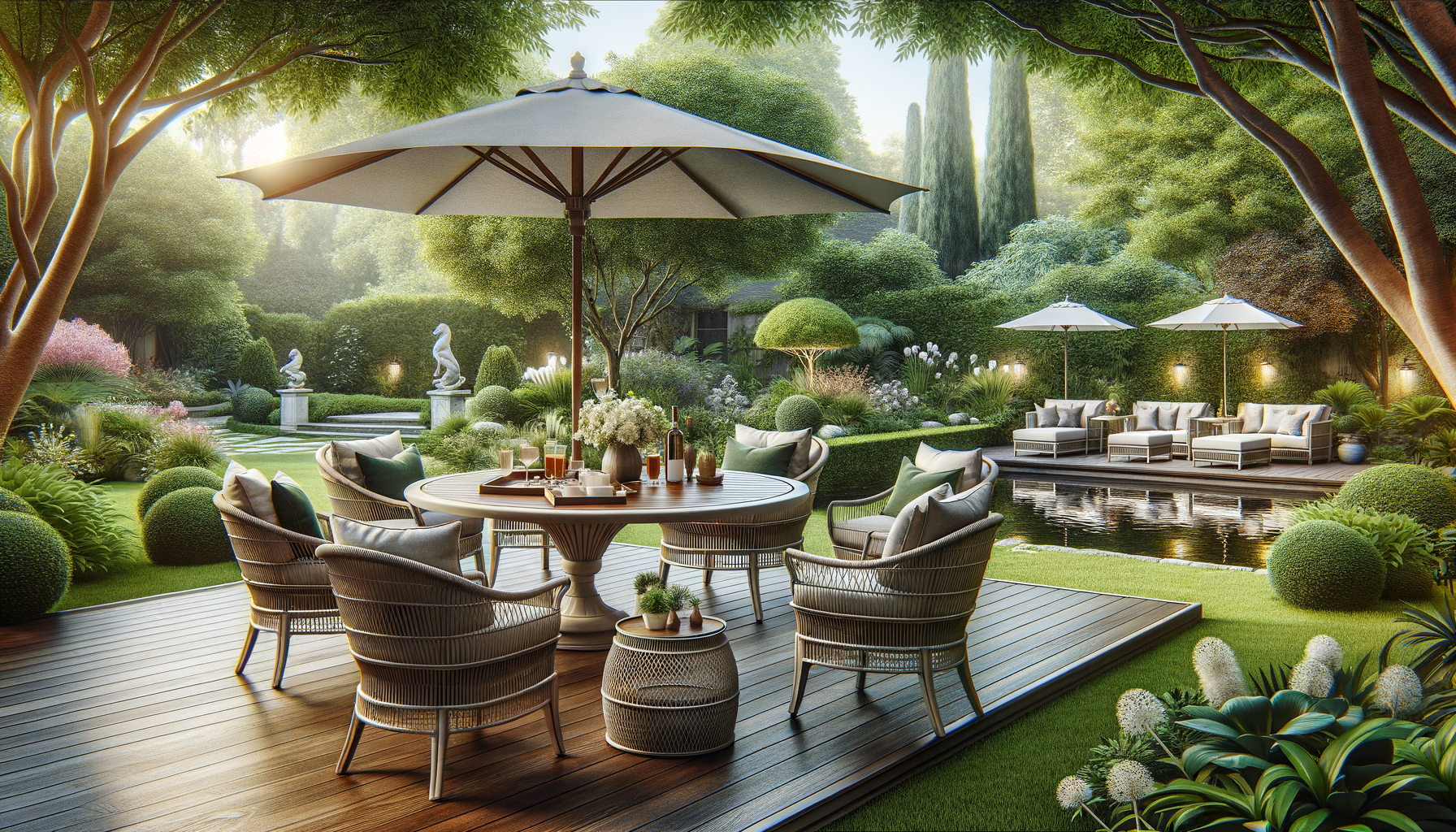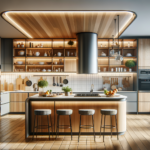Understanding the Importance of Patio Furniture
Patio furniture is more than just a place to sit; it’s an extension of your home and lifestyle. The right furniture can transform an ordinary outdoor space into a comfortable and inviting area for relaxation, dining, and entertainment. As people spend more time at home, creating a pleasant outdoor environment has become increasingly important. With the right patio furniture, you can enhance your outdoor living space, making it functional and aesthetically pleasing.
Quality patio furniture is designed to withstand the elements while providing comfort and style. It allows you to enjoy the fresh air and sunshine in a setting that feels like an outdoor living room. Whether you have a spacious garden or a small balcony, the right furniture can maximize your space, making it more usable and enjoyable.
Investing in patio furniture is also about enhancing your lifestyle. It encourages you to spend more time outdoors, which can have numerous health benefits, such as reducing stress and improving mood. By choosing furniture that suits your needs and style, you create a personalized outdoor retreat that reflects your personality and preferences.
Choosing the Right Materials for Durability and Style
When selecting patio furniture, the material is a crucial factor to consider, as it affects both durability and style. There are several materials commonly used in outdoor furniture, each with its advantages and disadvantages.
Wood is a popular choice for its natural beauty and warmth. Teak, cedar, and eucalyptus are among the most durable woods, known for their resistance to weather and insects. However, wooden furniture requires regular maintenance, such as oiling or sealing, to preserve its appearance.
Metal furniture, including aluminum, steel, and wrought iron, offers a sleek and modern look. Aluminum is lightweight and resistant to rust, making it ideal for coastal areas. Steel is sturdier but may require a protective coating to prevent rust. Wrought iron is known for its classic appeal and durability but can be heavy and prone to rust if not properly maintained.
Synthetic materials, like resin wicker and plastic, are valued for their low maintenance and weather resistance. Resin wicker mimics the look of natural wicker but is more durable and suitable for outdoor use. Plastic furniture is lightweight, affordable, and available in a variety of colors and styles, though it may not have the same aesthetic appeal as other materials.
Designing Your Outdoor Space with Functionality in Mind
Designing an outdoor space involves more than just selecting furniture; it’s about creating a cohesive and functional environment. Start by considering how you intend to use the space. Will it be for dining, lounging, or entertaining? Understanding your primary use will guide your furniture choices and layout.
For dining areas, a sturdy table and comfortable chairs are essential. Consider the number of people you typically entertain and choose a table size accordingly. Extendable tables offer flexibility for larger gatherings. Add cushions for comfort and consider an umbrella or pergola for shade.
If relaxation is your goal, focus on creating a cozy seating area. Sofas, lounge chairs, and hammocks can provide a comfortable spot for unwinding. Arrange the furniture to encourage conversation and include side tables for convenience. Consider adding outdoor rugs to define the space and add warmth.
For entertainment, consider multifunctional furniture, such as benches with storage or modular seating that can be rearranged as needed. A fire pit or outdoor heater can extend the usability of your space into cooler evenings, creating a welcoming atmosphere for guests.
Accessorizing for Comfort and Style
Accessories play a significant role in enhancing both the comfort and style of your outdoor living area. Cushions and throws add softness and color, allowing you to change the look of your space easily. Choose fabrics that are weather-resistant and easy to clean, ensuring longevity.
Lighting is another key element in creating an inviting ambiance. String lights, lanterns, and solar-powered lamps can add warmth and charm, while also extending the usability of your space after dark. Consider the placement of lights to highlight features such as plants or architectural elements.
Planters and greenery can bring life and vibrancy to your patio. Choose plants that suit your climate and the amount of sunlight your space receives. Vertical gardens or hanging planters are excellent options for smaller areas, adding greenery without taking up valuable floor space.
Lastly, consider adding personal touches that reflect your style, such as artwork, outdoor rugs, or decorative objects. These elements can tie the space together, making it feel like a true extension of your home.
Maintaining Your Patio Furniture for Longevity
Proper maintenance is essential to keep your patio furniture looking fresh and prolong its lifespan. Different materials require different care routines, so it’s important to follow the manufacturer’s recommendations.
For wooden furniture, regular cleaning and applying protective oils or sealants can prevent weathering and maintain its natural beauty. Metal furniture may need occasional repainting or rust-proofing, especially if it’s exposed to moisture.
Synthetic materials, like resin wicker and plastic, are generally low-maintenance, but regular cleaning with mild soap and water can prevent dirt buildup. For cushions and fabrics, look for removable covers that are machine washable or easy to spot-clean.
During harsh weather conditions, consider storing your furniture indoors or using covers to protect it from the elements. This can prevent damage from rain, snow, or intense sunlight, ensuring your furniture remains in excellent condition for years to come.
By taking these steps, you can enjoy your outdoor furniture for many seasons, making the most of your investment and enhancing your outdoor living experience.








